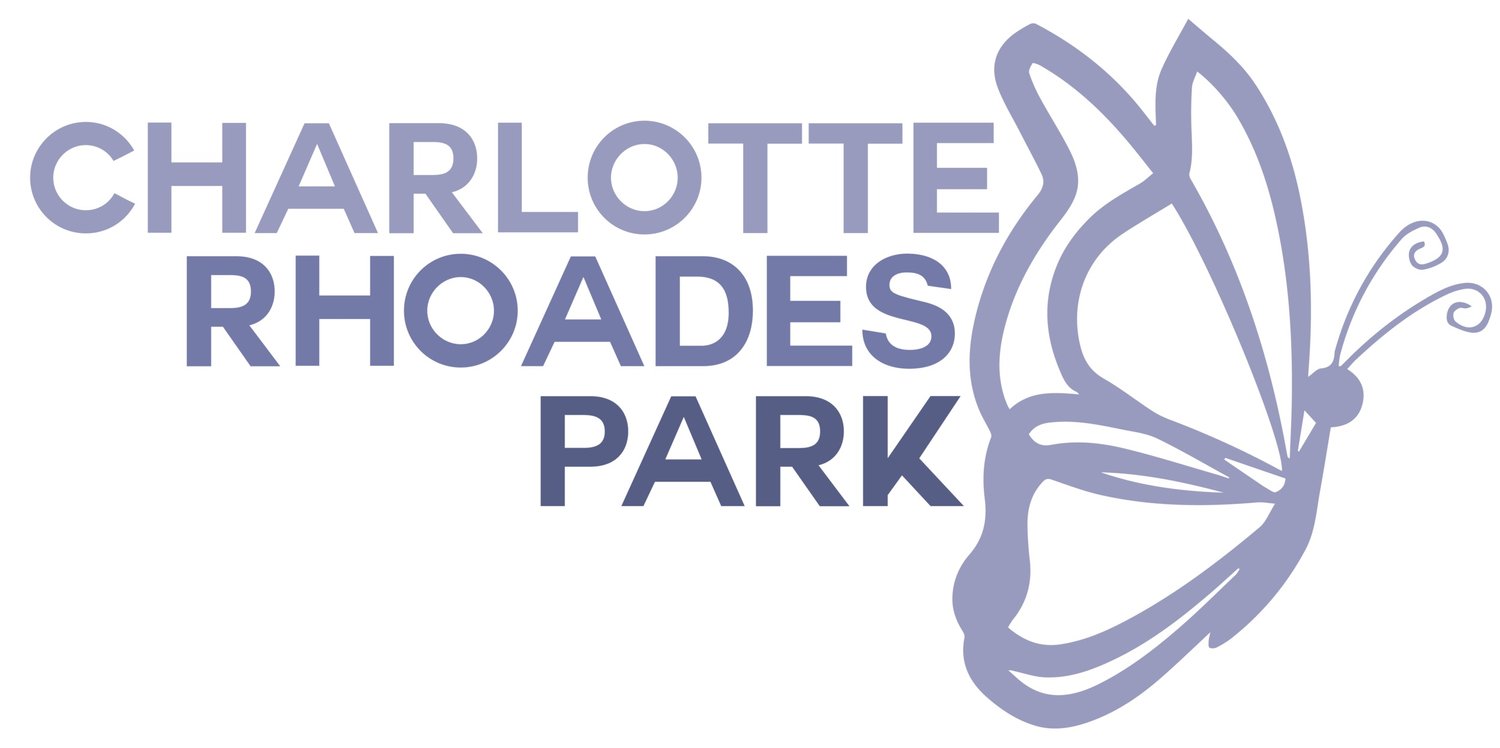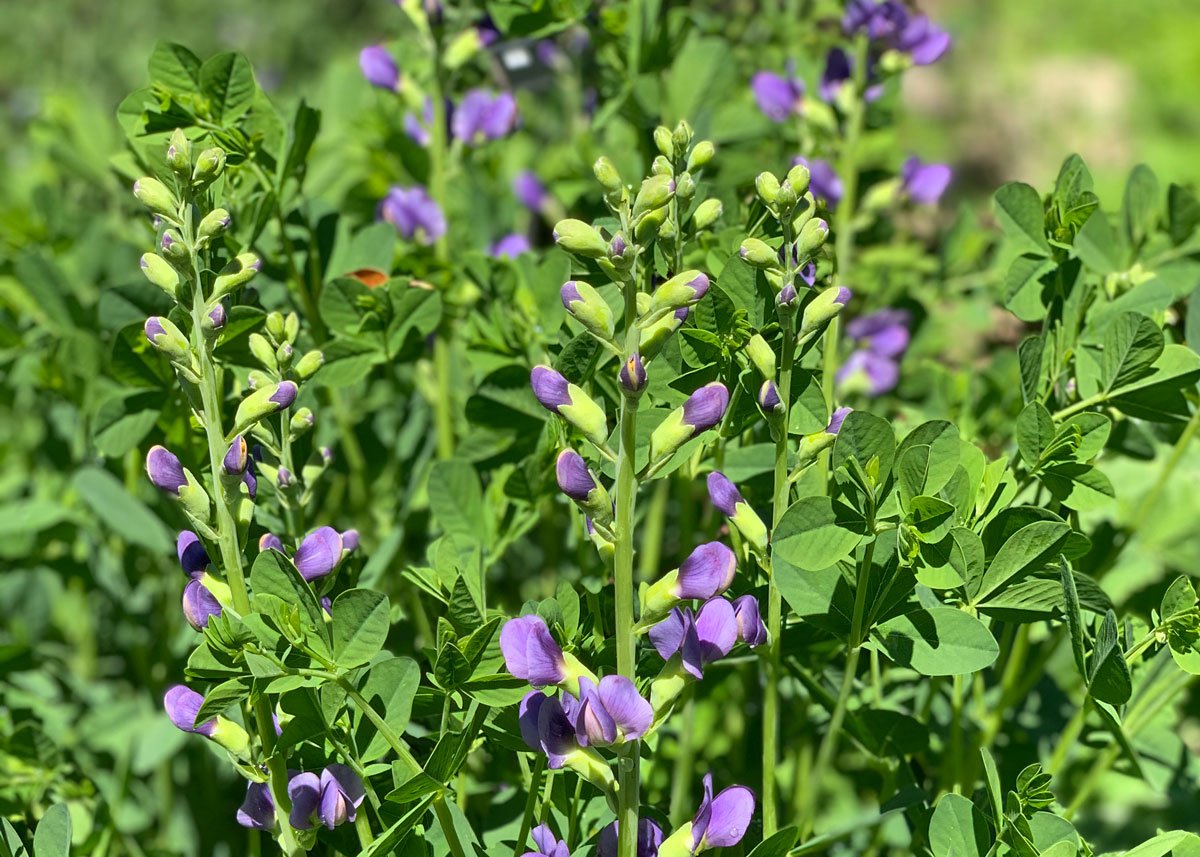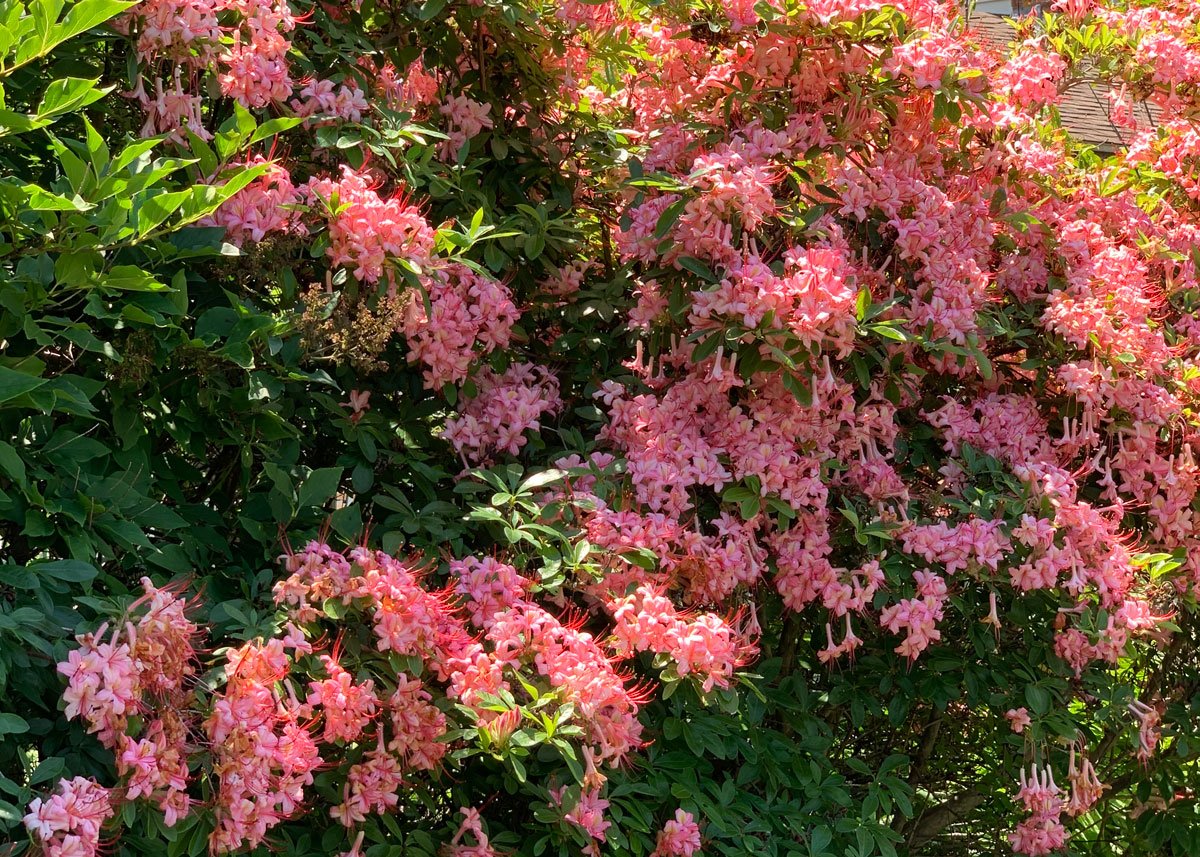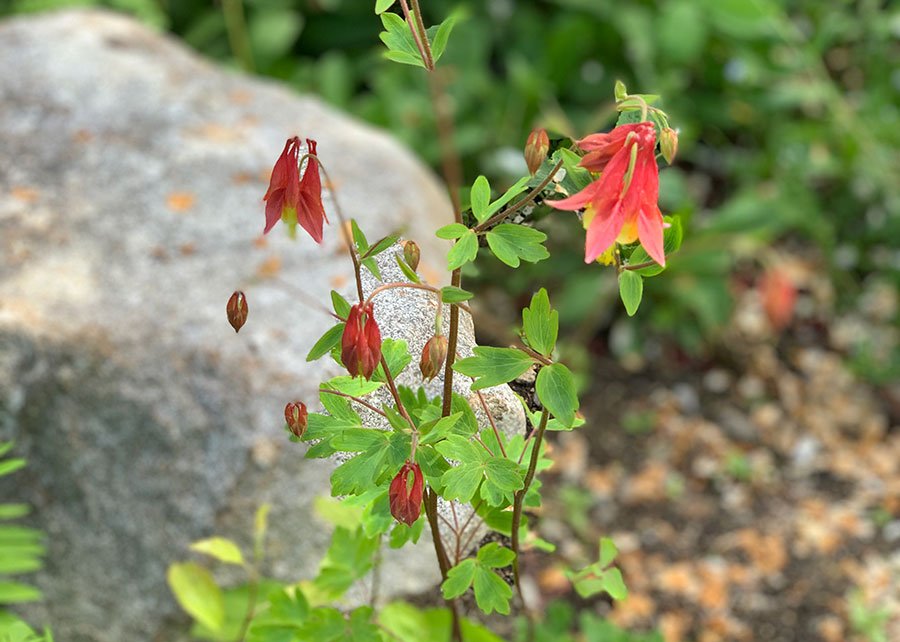Centaurea montana
Centaurea montana is a clump-forming perennial which features solitary, fringed, rich blue cornflowers. This plant from the Asteraceae family is easy to grow in poor soils but can spread somewhat rapidly by stolons to form colonies in optimum growing conditions, particularly in rich fertile soils. The plant is robust in our cooler Maine climate.
Centaurea dealbata
A pretty summer perennial that has lavender to rosy pink blooms. Attracts bees and butterflies as a nectaring plant.
Campanula persicifolia ‘Alba’ (white) or ‘Telham Beauty’ (Blue)
Campanula has large white or blue outward facing, broad bell-shaped flowers that bloom in late spring to early summer. If the spent blossoms are deadheaded, it will repeat bloom with a nice display.
Calendula officinalis 'Ivory Princess'
Edible annual or short-lived perennial herb that likes growing in our cool temperate climate. Colorful daisy like yellow, orange, or white blooms continue all summer. It is a pollinator plant that bees and butterflies love, but it is not a true marigold (tagetes).
Baptisia australis
This is a native plant that was used medicinally by Native Americans. With blue blooms and pretty pea like foliage, Baptisia is often flowering at the same time as wild lupines, cooler early summer temperatures.
Astilbe chinensis var. taquetii 'Superba'
‘Astilbe Superba' is a bold, very tall accent plant which features a dark green foliage mound to 24” tall and above which bloom large, dense panicles of rose-purple flowers on hairy stems. It is a slow spreader, can grow in heavy shade, and can tolerate deer and rabbits.
Aquilegia canadensis
This native wildflower in the buttercup family (Ranunculaceae) occurs naturally in open woodlands, clearings, and rocky slopes. It looks pretty in a naturalized area or in a flower bed.
Anthirrhinum majus
Snaps are short-lived tender perennials but grown as an annual in Maine. They are happy in a well-drained sunny planting bed that is not too hot. Deer tend to avoid this plant.
Ammi majus
This plant is a hardy annual with large domed umbels that is virtually pest and disease free. Because the sap can cause skin irritation, gardeners should wear gloves when handling Queen Anne’s Lace. Wash the skin area that is exposed to the sap, using soap and water.
Ageratum houstonianum 'Blue Horizon'
This annual plant has a wonderful medium blue color for any summer garden. The blooms are great for arrangements, and it also blooms like a flowering perennial for most of the summer. It is rabbit and deer resistant. As a nectaring plant, it is essential for any butterfly garden.
Agastache aurantiaca x 'Apricot Sprite'
This is a Hummingbird favorite. It is a perennial in southern New England so it is grown as an annual in the Butterfly Garden. It has mint scented flowers and foliage, making it deer and rabbit resistant. It makes an excellent container plant because of its extended bloom time.
Adenophora stricta
There are at least ten species of Adenophora. The most common are Purple Ladybells, which produces blue flowers. It is a vigorous grower and is best planted along woodland edges as it spreads easily.
Achillea x 'Moonshine'
This yarrow attracts bees, butterflies, and hummingbirds. It is rabbit and deer resistant, it is low maintenance and frost tolerant. The plant has pretty silvery gray leaves and citron yellow flowers.
Achillea ptarmica 'Double Diamond'
This deer Tolerant, drought tolerant, low maintenance yarrow can be planted in dry rocky soil. Showy for good cut and dried flowers. For best results divide every 2-3 years. Can tolerate some shade.
Achillea Millefolium 'Summer Berries'
Broad flat clusters of flat headed flowers are on upright stems with aromatic, finely cut, fern-like leaves that attract butterflies. Profuse bloomer. Drought tolerant, heat tolerant, and low maintenance.















